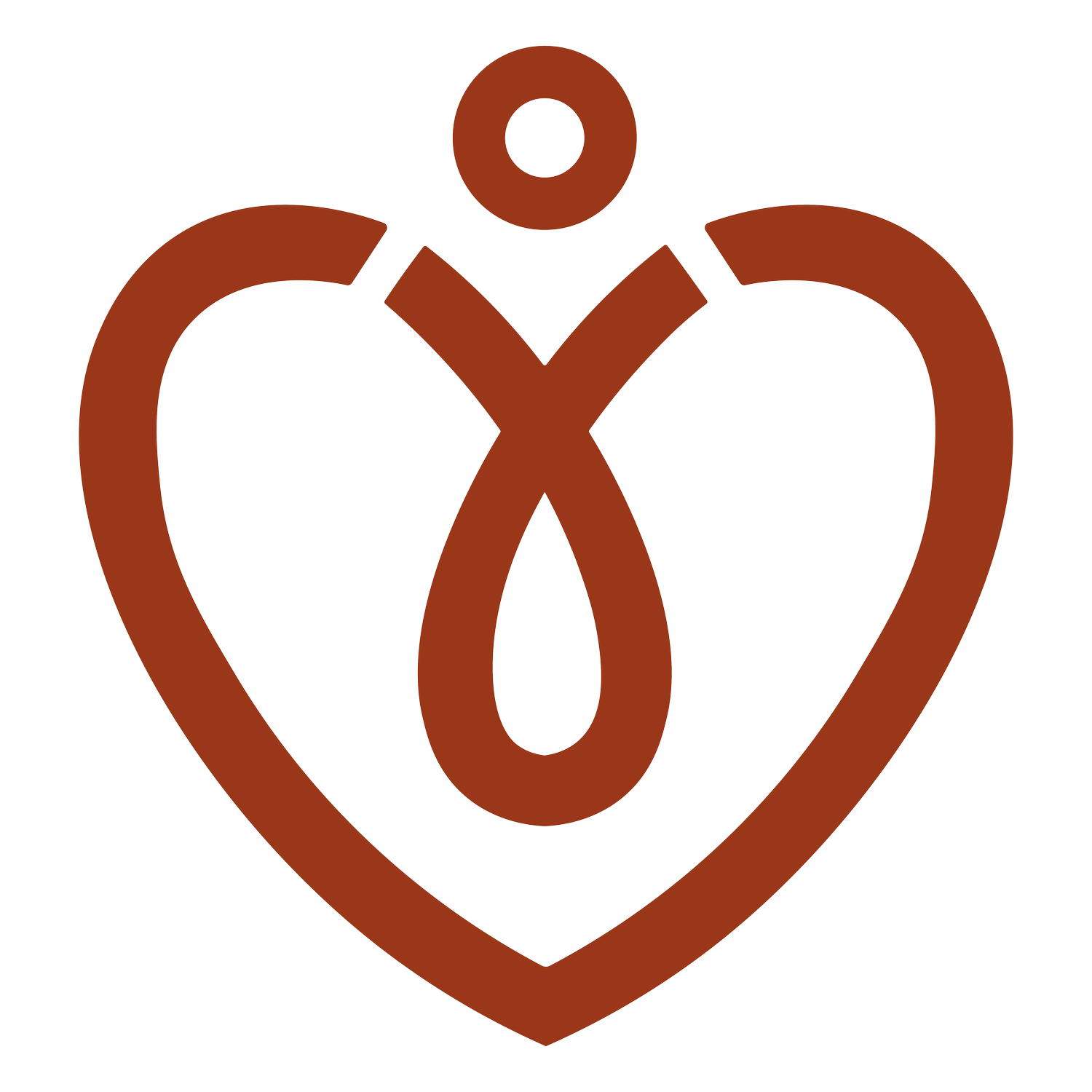ARFID Explained: What It Feels Like, Why It’s Misunderstood, & What Helps
Avoidant/Restrictive Food Intake Disorder (ARFID) is one of the least understood eating disorders. Too often, people dismiss it as “picky eating” or assume someone can just “grow out of it.” The truth is far more complex. ARFID involves deep sensory sensitivities, powerful fears, and a nervous system response that makes eating challenging. In this post, I’ll explain what ARFID really feels like, why it is so widely misunderstood, and what approaches actually support recovery.
What ARFID Feels Like: Sensory Sensitivities and Eating Disorder Struggles
Living with ARFID can feel like facing a minefield at every meal. For some people, textures, tastes, or smells trigger gagging, nausea, or panic. For others, eating brings on overwhelming fears of choking or vomiting. These reactions do not come from choice. They come from a nervous system that perceives certain foods as unsafe.
Safe foods often feel like lifelines. If one food suddenly becomes unsafe because of a change in texture or a past negative experience, that lifeline feels cut off. Many people with ARFID eat from a very limited list of foods, which can make daily life exhausting. School cafeterias, office lunches, family gatherings, and holidays often bring anxiety and shame rather than connection.
Why ARFID Is Misunderstood: Breaking Down Common Myths
ARFID does not fit the cultural stereotype of an eating disorder. Unlike anorexia or bulimia, ARFID is not always connected to body image or dieting. Because of this, medical providers, families, and even therapists sometimes overlook it. Children get labeled as picky, while adults are told they should have “grown out of it.”
This dismissal can feel devastating. Fat people with ARFID may have their struggles erased because providers only focus on weight. Neurodivergent individuals, especially autistic people and those with ADHD, often hear they are quirky eaters instead of being recognized as living with a legitimate eating disorder. BIPOC, queer, and transgender people with ARFID often experience added stigma and cultural pressure, which increases invisibility and reduces access to care.
Exposure therapy is often suggested as treatment, but without a sensory-attuned and trauma-informed approach, it can retraumatize rather than help. Forcing food does not build trust. It deepens fear.
What Helps ARFID Recovery: Trauma-Informed, Sensory-Attuned, and Neurodivergent-Affirming Care
True ARFID support begins with validation. When providers, parents, or loved ones acknowledge that ARFID is real, shame begins to lift. People with ARFID deserve to hear: “Your nervous system makes sense, and you are not broken.”
Sensory-attuned strategies help people expand food choices without pressure. If crunchy textures feel safe, recovery work might start by experimenting with new crunchy foods. Creating predictable environments, using weighted blankets or calming tools, and working within safe textures can all reduce overwhelm.
Trauma-informed care respects fear as protective. Many people with ARFID have a history of choking, vomiting, or being pressured at the table. Consent-based care, where no one forces food and the person chooses their pace, supports healing far better than pushing.
For neurodivergent people, addressing executive functioning challenges is also critical. Low-lift meals, structured routines, and reducing decision fatigue help make eating less stressful. Recovery is not about eating everything. Recovery is about finding more freedom, building flexibility, and living with less fear around food.
ARFID in San Diego, Los Angeles, Bay Area, Texas, and Washington DC
ARFID affects children, teens, and adults everywhere. Families and individuals in San Diego, Los Angeles, San Francisco Bay Area, Texas, and Washington DC often reach out for ARFID therapy and selective eating support. Having specialized care that is sensory-attuned, trauma-informed, and neurodivergent-affirming can make a significant difference in recovery.
Learn More Through the ARFID and Selective Eating Course
If you want to go deeper, I invite you to explore my ARFID and Selective Eating Course. This virtual, self-paced program provides practical tools for parents, adults, and providers. You will learn how to support recovery through validation, sensory-attuned strategies, and trauma-informed care. Whether you are living with ARFID yourself, supporting a child, or working with clients, this course can help you replace shame with understanding and build pathways to nourishment that feel possible.
You can learn more and sign up here: drmariannemiller.com/arfid.
Final Thoughts: Understanding ARFID Creates Space for Healing
ARFID is not a choice and not a phase. It is a real eating disorder that deserves recognition, compassion, and effective treatment. By understanding what ARFID feels like, breaking down the myths that surround it, and embracing sensory-attuned and trauma-informed care, we can replace shame with support.
Eating disorder recovery for ARFID may not mean eating every food, but it can mean greater nourishment, more flexibility, and less fear. Everyone living with ARFID deserves care that respects autonomy, honors the nervous system, and creates space for healing.
